If you are like me, sometimes you prefer hiking all by yourself instead of hitting the trails with a company.
That’s completely understandable given the outstanding benefits that hiking solo has to offer. It’s far more peaceful, and it allows you to better immerse yourself with nature. You can keep your own pace and you don’t have to fit in with the wishes or needs of anybody.
All that sounds great. However, going into the wilderness all alone hides risks. You can’t count on anybody else but yourself. That requires assiduous preparation.
In this article, I will share with you some crucial rules to keep in mind when deciding to hike solo. Following those tips will ease your mind and guarantee you a safer trip no matter if it is backcountry, in the woods or in the mountains. I will also include a bonus tip.
Without further ado, let’s begin.
Plan Your Itinerary Wisely
No matter where you go, a good rule of thumb is to choose a well-known trail. It’s not necessary for you to have been there but it’s always safer to go on a place you know it’s popular enough. If other people are going there that means it’s a secure and most probably marked trail.
Don’t forget to study meticulously the whole path. That includes researching online about the place, reading reviews, and checking the terrain. Mark all the routes and trailheads. If some of your friends have been there, ask for a feedback or advice.
You want to go wilder and walk off the beaten path? Continue reading.
Gear Up Well
That’s very important especially if you go somewhere you have never been or you know it’s not very touristic. Having a good gear is essential for your safety and comfort along the way. Here’s an example list of must-have items on a day hike:
- Sturdy hiking boots – make sure to have comfortable and if possible – waterproof shoes that are suitable for the terrain you are going to walk on.
- Waterproof jacket – whenever I go outdoors I like to wear a waterproof, thermo jacket that is also windproof. It’s always a good idea to have a raincoat if your jacket is not waterproof. You don’t want the rain to surprise you out in the mountains.
- GPS – today any smartphone has a gps system, so don’t forget to charge yours. Here’s a pro tip – supply yourself with an external battery for extra power. Possessing a good navigation can save you a lot of headaches. Another pro tip – install a hiking app. There are some of them, which are very useful such as ‘Gaia GPS’ or ‘Cairn’.
- Food and water – bring enough quantity of both. They are very important for your stamina. I like to have sandwiches and snacks. When I go on longer hikes, I always take protein bars rich in magnesium. That’s good for muscle recovery and overall endurance.
- Appropriate backpack – I am a hiking backpack geek. That’s why I know the importance of having a solid pack on your back. A common beginner’s mistake is to wear a rucksack that is either too big or too small. Bring a backpack that will allow you to distribute the entire load evenly so that it would be comfortable and stable. If you need to, learn how to properly pack a backpack so that you can organize the gear well both internally and externally.
Check The Weather Forecast
Being weather-wise is something you don’t want to overlook. That will have an important impact on your preparation and the gear you would bring. Sunny, warm weather requires lighter clothes while you’d want to have more solid equipment on a cold, rainy day.
Make sure to check the expected forecast on the day prior to your hiking trip. Often it’s difficult to predict the weather with an acceptable precision more than 3-5 days before. Moreover, always take the weather forecast with a grain of salt. Stay prepared for abrupt changes especially in the mountains.
Get A First Aid Kit
These days, there are kits that are ultralight and easy to carry in every backpack. Here’s what you need to have as a minimum:
- Adhesive bandages
- Pills
- Medical tape
- Tweezers
- Anti-septic wipes
- Safety pins
That leads us to the next point.
Learn Some Basic First Aid Skills
Don’t worry. You don’t have to eat the medical textbooks. However, knowing how to react in certain extreme situations can save your life. It’s better to be prepared and safe than sorry, right?
At least you can inform yourself what to do if an insect bites you or how to treat head traumas and different kinds of light injuries. It’s always good to know how to deal with blisters and what is the basic first aid for fractures. You don’t even have to go on courses if you don’t want to. It would be enough to watch YouTube videos and to do an online research on the topic.
Now we are getting to the promised bonus tip.
Share Your Location With A Friend On Google Maps
I was surprised to learn that many people aren’t aware that it’s possible to share your location with others via Google Maps. It’s an excellent way to make sure that other people know where you are in case of something unexpected happens. It works on both android and IOS. For that, they don’t even have to have a Google account.
Let’s suppose your friend has a Google account. Here’s what to do to share your location on your Android phone:
- Open Google Maps app
- In the Menu tab, choose Location Sharing, then Add People
- Select how long you want to share your location
- Tap on Select People and add the person who you’d like to share your location with. For that, you need to add his Gmail address to Google Contacts.
- Tap Share and you are done.
The procedure is similar for IOS.
Conclusion
That’s it. There you have it. I hope those tips will help you be a better hiker. Enjoy solitude and happy hiking!
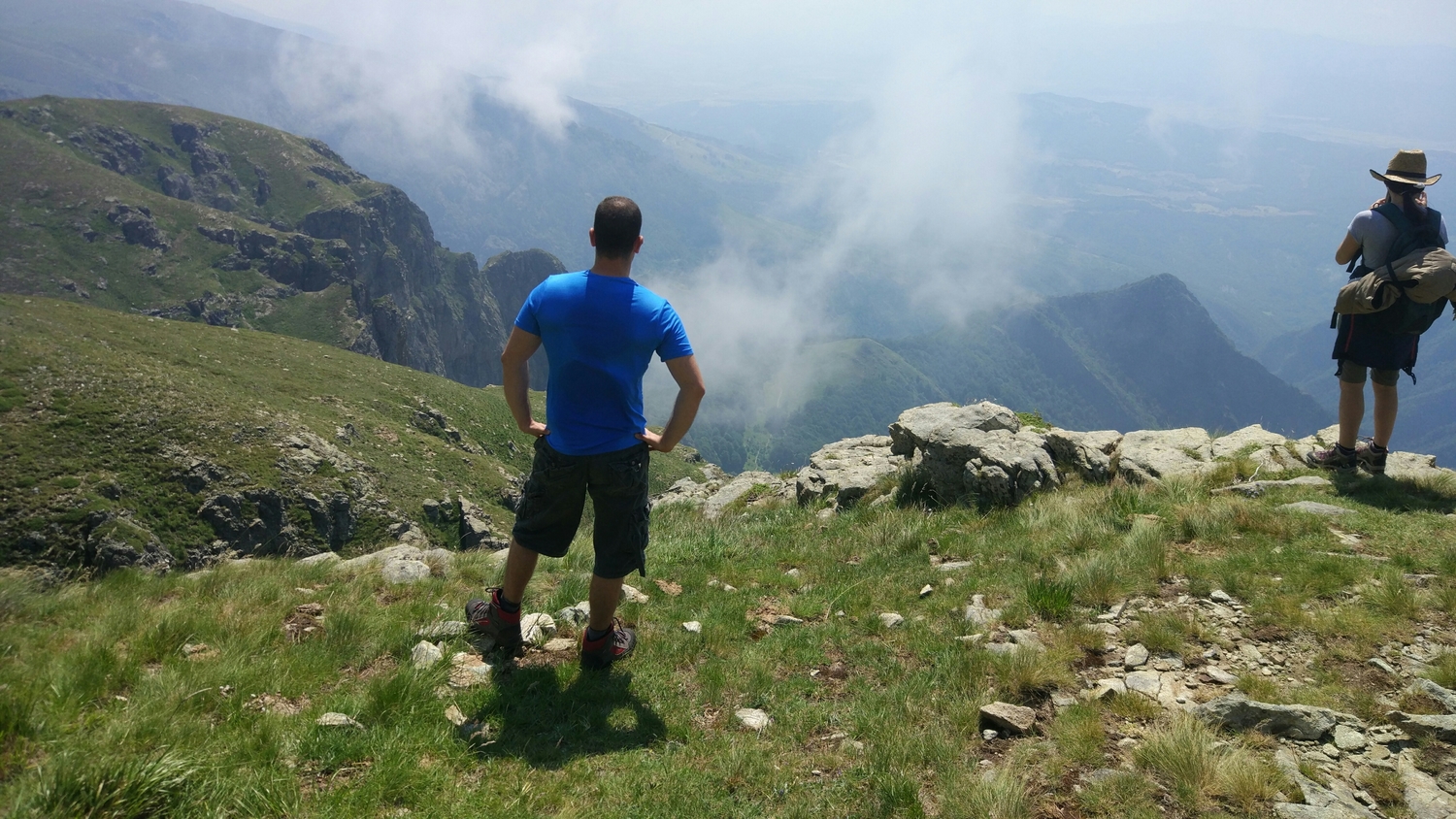
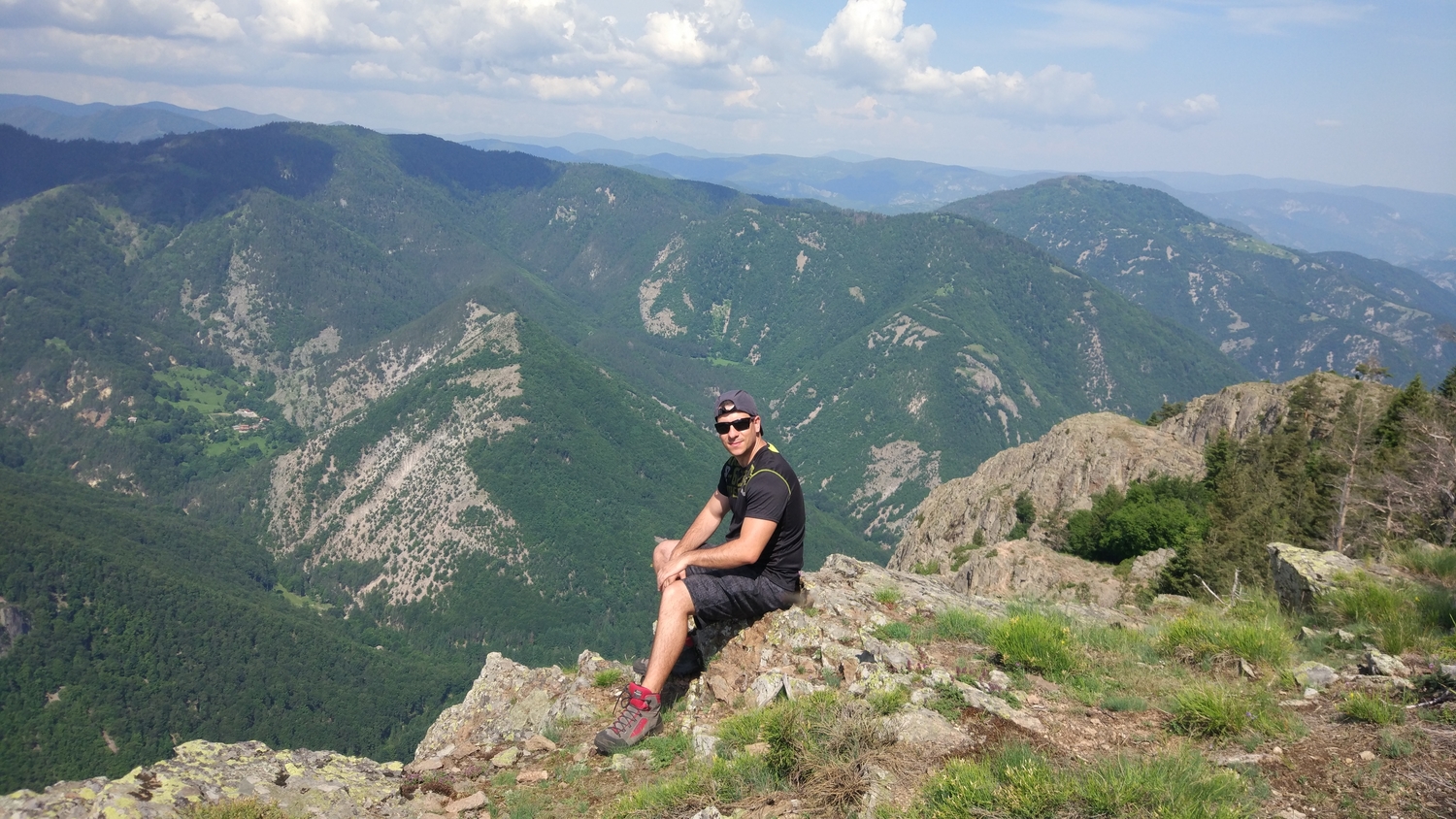
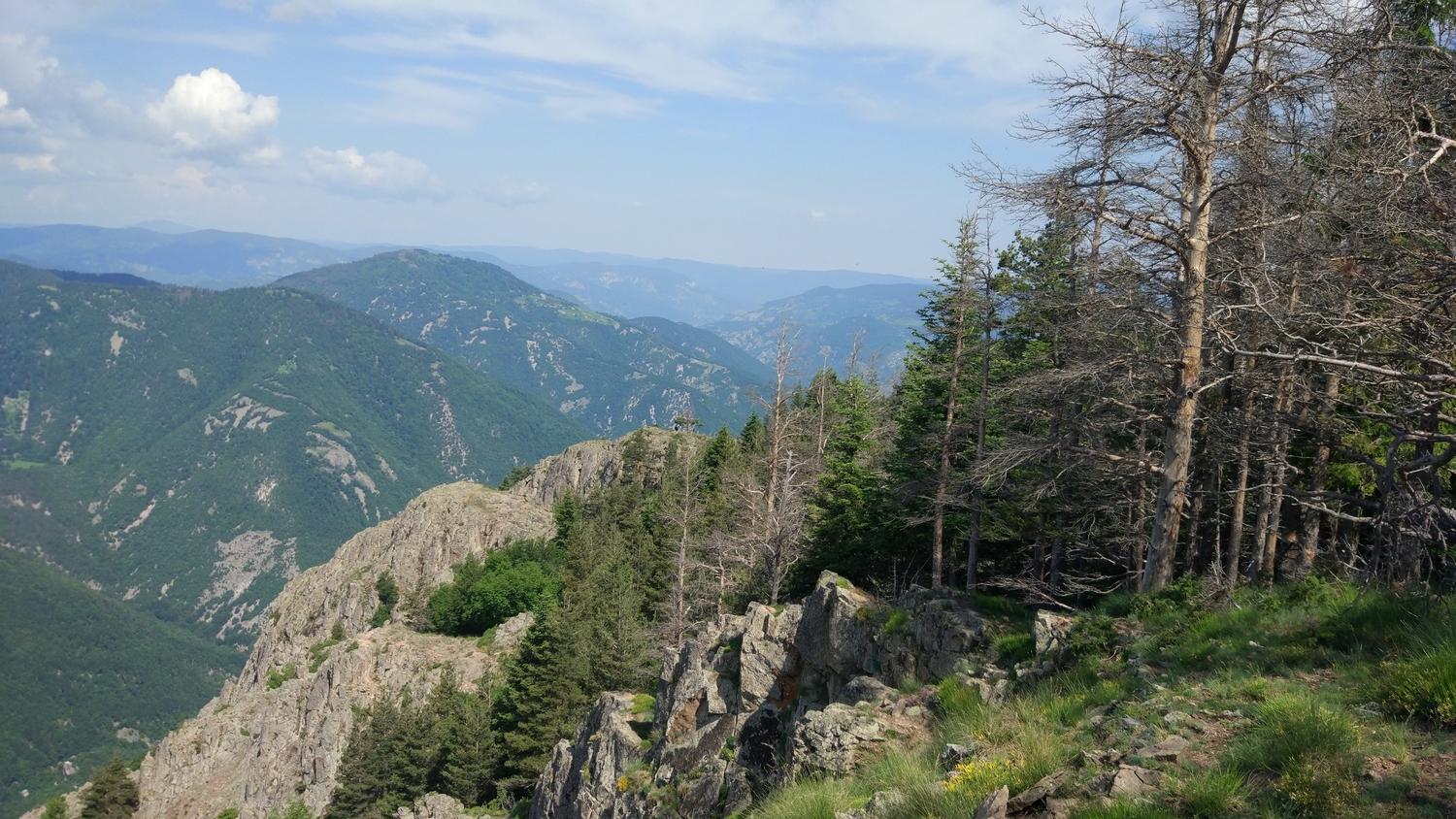
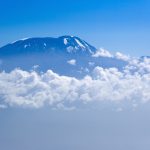

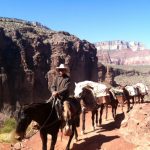
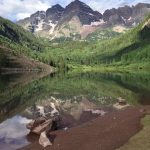
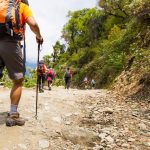
Excellent article and fantastic photos, Asen. We just finished hiking the Kumano Kodo pilgrimage trail in Japan recently.
There were many solo hikers that unfortunately weren\’t prepared for it. They – without question could have done their homework to be prepared – also doing all you mentionin in your article. However, they made it only with the help of other hikers like us who don\’t hike alone.
M&G
NYC
Very good article, Asen. We recently finished hiking the Kumano Kodo pilgrimage trail in Japan. Many solo hikers needed your advice before they started the journey so they would be prepared. Instead they relied on other hikers like us who don’t hike alone and always do our homework before a hike.
M&G
NYC